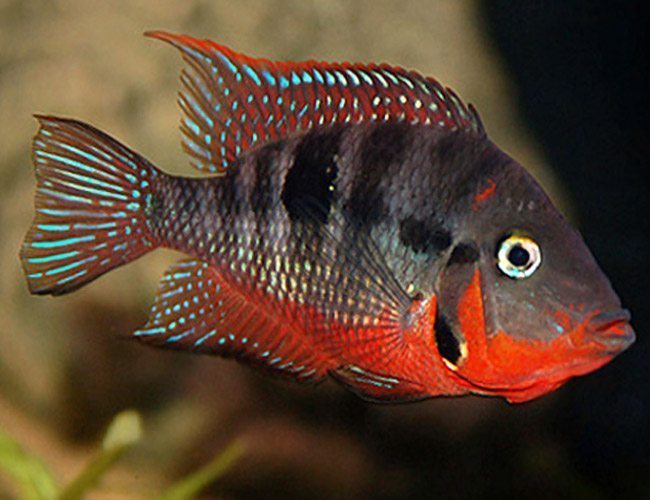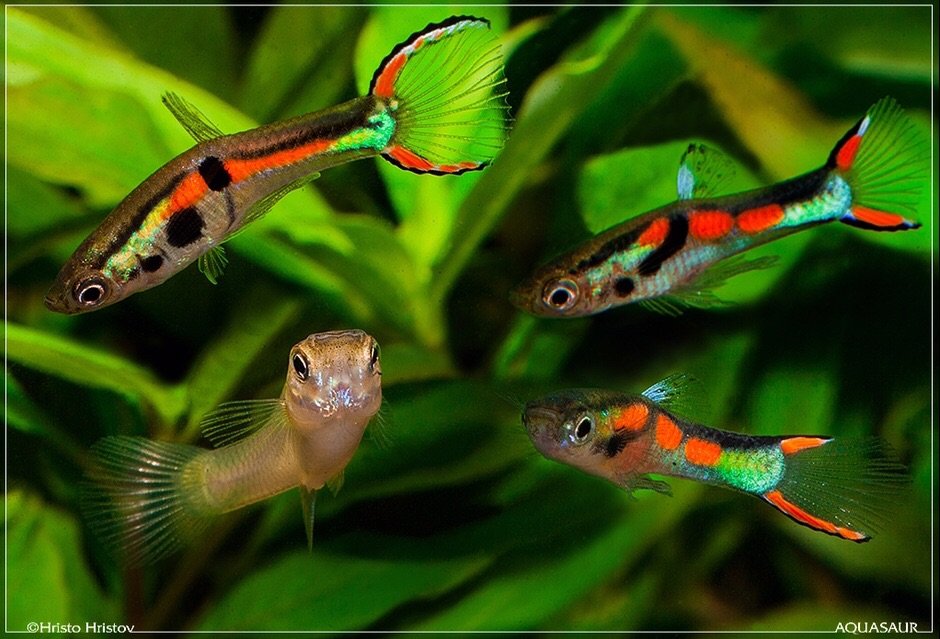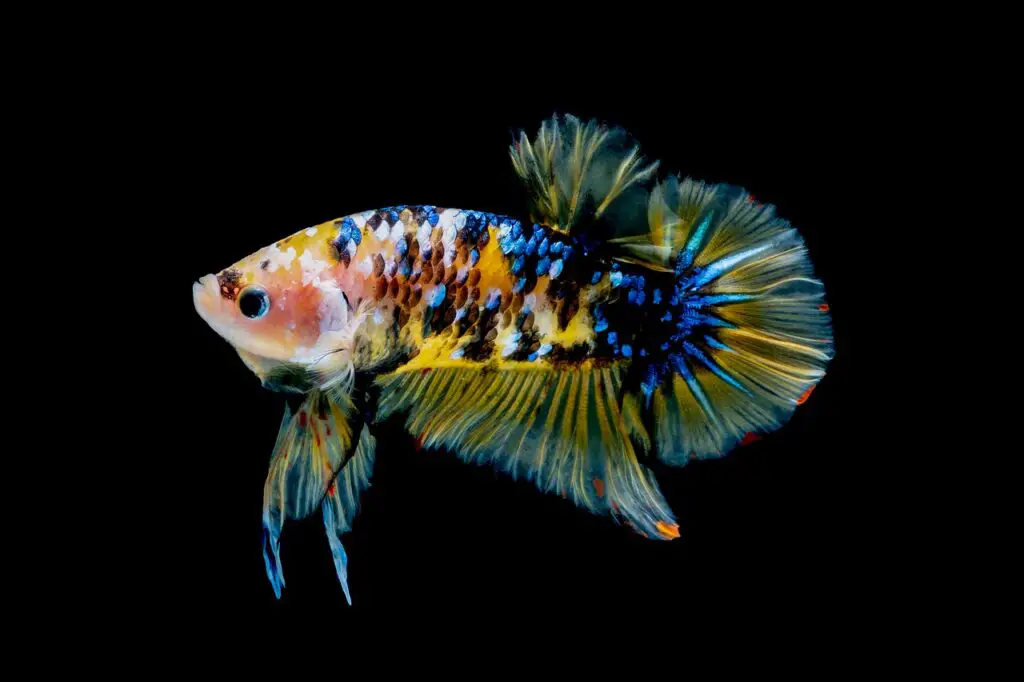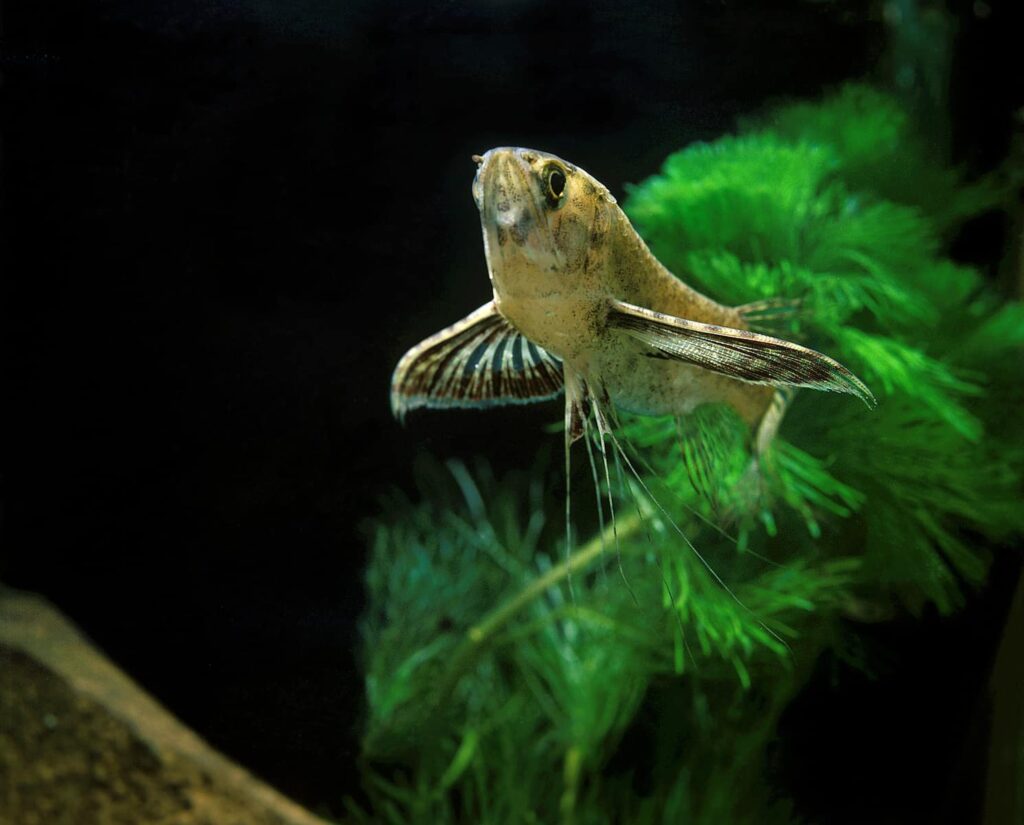Are you keen to start breeding fish at home in your own tank or aquarium? Not entirely sure which species are likely to be the easiest freshwater fish to breed? You’re not alone.
For some fish and their keepers, the breeding process can be a little confusing. You really have to make sure that you are offering the right conditions to freshwater fish!
That counts for getting a female of the species to lay eggs as much as it does expecting the male to fertilise them. Breeding fish can be a complex art, and that’s why it really does make sense to look for freshwater fish who will readily breed without much encouragement.
In this guide, we will take a look at the easiest freshwater fish you can breed in your own tank or aquarium right now. All you need to do is make sure you have the right conditions in place, and that you have cichlids and other fish who are happy to propagate!
Easiest Freshwater Fish to Breed at Home
Many people successfully set up a breeding tank or two at home. They might have a community tank that they use to emulate or mimic the conditions of a particular species’ wild habitat. Certainly, this is known to help them along!
Here are five easy breeding fish you can introduce into your own breeding tank or community tank – and which are fantastic entry level species to get started with.
Rosy Red

Rosy Reds, or Rosy Red minnows to give this fish species their full names, are some of the easiest breeding fish you could ever give a home or a tank to. They tend to be quite small, growing up to around four inches in length, and if there is one thing for certain, it’s that the female of the species is an egg laying extraordinaire.
By around a year old, female Rosy Reds will start laying scores of eggs – maybe even hundreds! The Rosy Red is quite protective, however, so you may wish to give her some private space away from the males. Unfortunately, that many eggs in one place is going to potentially provide a tasty treat.
Kribensis Cichlids

These rainbow coloured fish are absolutely wonderful to breed if you have the right conditions in place, and they tend to breed particularly in pair clusters. Like people, however, it can often take time for there to be a ‘spark’! It’s a common misconception that Kribensis Cichlids are going to start producing young even if they pair off pretty quickly.
Therefore, make sure you turn up the temperature. Kribs love to get comfy at a certain heat, and believe it or not, they tend to mate for life.
Zebra Danios

Zebra Danios are also keen breeders and will likely propagate more than you think. These tend to be speedy little fish which are great fun to look at and watch, meaning they should be some of the most rewarding species you’ll hope to raise in your own breeding tank.
With Zebra Danios, a separate breeding spot or tank altogether is likely to be a very good idea. Generally, you can mix males and females up, but experts recommend that the males outnumber the females by two to one.
You can then simply take the parents out of the tank once eggs are laid, and they will hatch into vibrant, excitable little fish.
Firemouth Cichlids

Firemouth Cichlids are considered pretty easy to breed, but they do tend to need conditions a little stricter than most. In fact, tank size and temperature is not enough to get their pulses racing – they are going to need everything to be nice and clean, too. Otherwise, they are going to be seriously put off!
These Cichlids will mate and breed in pairs, and like Kribs, are known to mate for life. Before you start mating these fish species, however, keep in mind that they tend to grow up to six inches in length. They are a little bit bigger than your average Kribs, so make sure you’ve got a tank adequate enough to keep them comfy.
Convict Cichlids

Convict Cichlids are also fairly easy to breed at home, but you will need to make sure, of course, that you have a breeding pair in the species! This is not always as easy as you may think, as you will need to ensure that you gender them at point of adoption.
These Cichlids, like Firemouths, will need a few specifics in their tank if they have any chance to breed successfully. Convict Cichlids will normally do well in a big tank that’s up to 78 degrees F.
How to Breed Aquarium Fish at Home
Learning how to breed aquarium fish at home normally revolves around a few different factors. Of course, the most obvious thing you are going to need to do is find a male and female of the species! However, unless you are an expert at being able to spot the genders of fish before you put them in your tank, this isn’t necessarily going to be easy to do!
Therefore, a really good idea in practice is to work with the numbers – adopting a cluster of six to eight fish in a species will give you fantastic odds at getting at least one male and one female. However, you may still be able to adopt from some centres and experts who will know which is which.
You also need to think about the size of your tank. This is really going to vary from species to species, but for some cichlids, for example, a big tank in around 20 gallons of volume is probably going to be ideal. You can try a fish aquarium that’s a little smaller than this, but you might not always get the best results.

Temperature is also a really important factor. Again, you’re going to need to check the preferences of each species before you set your community tank up! Many freshwater fish enjoy wild temperature levels of up to 75F or 80F, so if you can try and replicate this you will have more chance to breed fish in your home conditions.
Do also consider that you may need to leave your breeding fish alone for a while before they lay eggs. With some cichlids, too, you may need to take them out of the tank altogether once the female lays her eggs. This is because there is still a chance that the fish will eat them! Take care and make sure you separate the parents from their young if appropriate to the species, and keep in mind that you’re not being cruel.
Easiest Freshwater Fish to Breed in a Pond
Pond conditions are likely to be a lot different to those in a home aquarium as they will likely be outside and may not have the same temperature conditions as your community tank. That’s why, if you are interested in breeding freshwater fish at home, you should always look at setting up a tank, rather than placing your new species in a pond condition.
That said, the freshwater we have listed here tend to be great at breeding in home conditions, full stop. It’s our advice to consult an expert on the species you’d like to breed if you are really unsure, but again, fish like Kribs and Zebra Danios really will propagate well in non-habitat conditions. You just have to make sure you get everything just right.
Look for Firemouths and Convicts, too, and even Ameca Splendens if you can source them. These fish tend to be a little bit rarer than your average freshwater fish, however, but if you do manage to find a few, it really won’t be too hard for you to start breeding them in your own tank or aquarium.
Easiest Freshwater Tropical Fish to Breed
This list of tropical freshwater fish really is only the beginning. These are all species of fish which, given the right conditions, will happily propagate.
However, as a responsible fish breeder, you will still need to make sure that your tank conditions are optimal. Check the ideal temperature ranges for your given fish species, and make sure you have a fairly large tank. Cichlids tend to like having somewhere they can easily lay their eggs and come back to, though in some cases, you’ll need to remove the parents to complete the breeding process.
What’s really interesting about some of the easiest freshwater tropical fish to breed is the fact that many of them mate for life! This means it’s really not beyond the impossible to see pairs of fish sticking together for the rest of their lives.
If you are keen on breeding your own tropical freshwater fish community, take a good look at our list of ‘starter’ species and see how you get on. You never know, in time, you might want to try moving up to species or creatures that are a little trickier or rarer to propagate – it’s a big, wide ocean out there!
SOURCES



